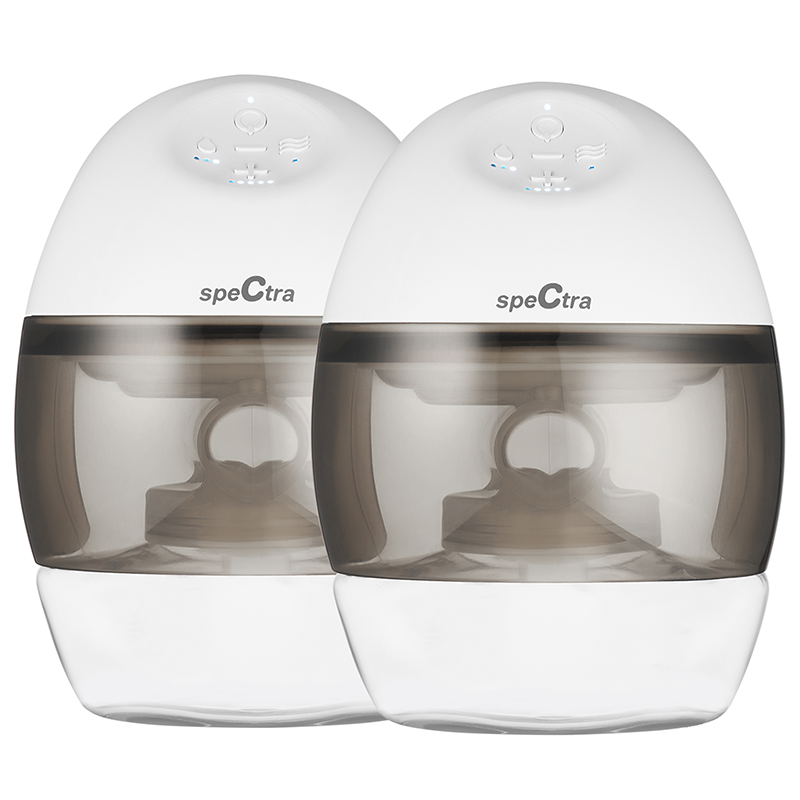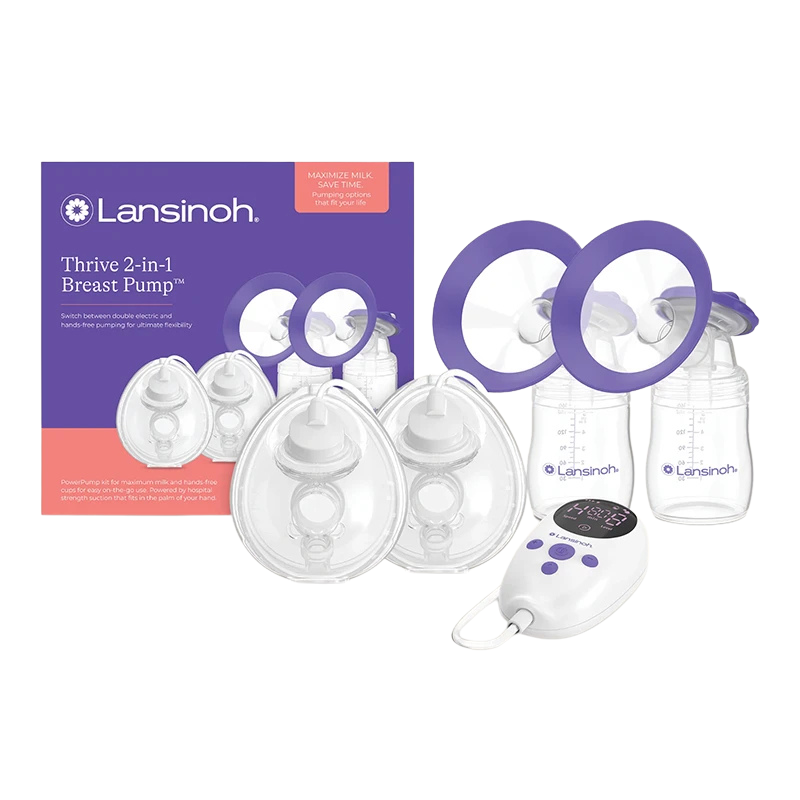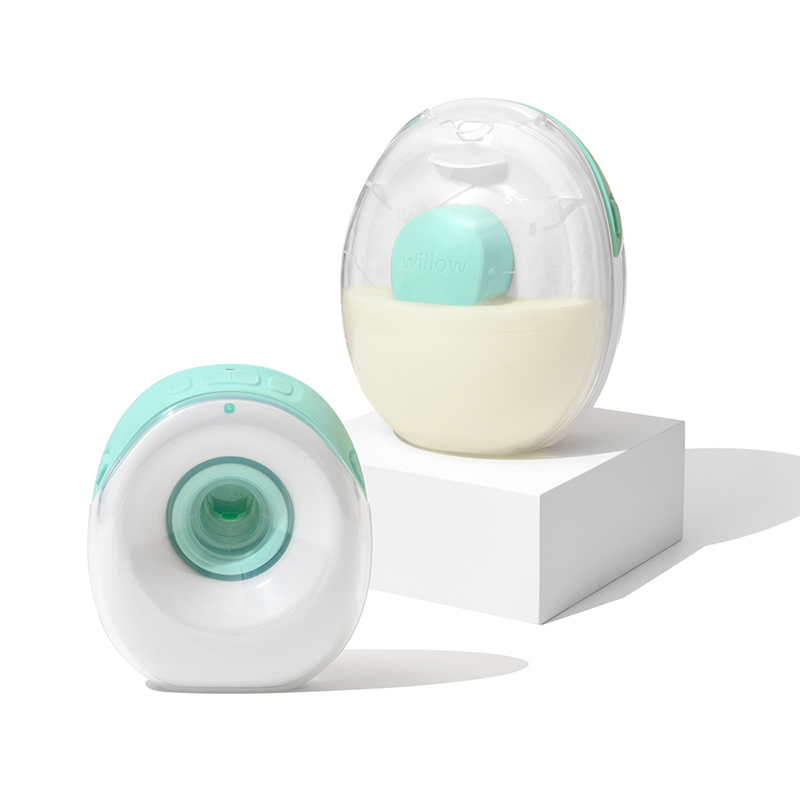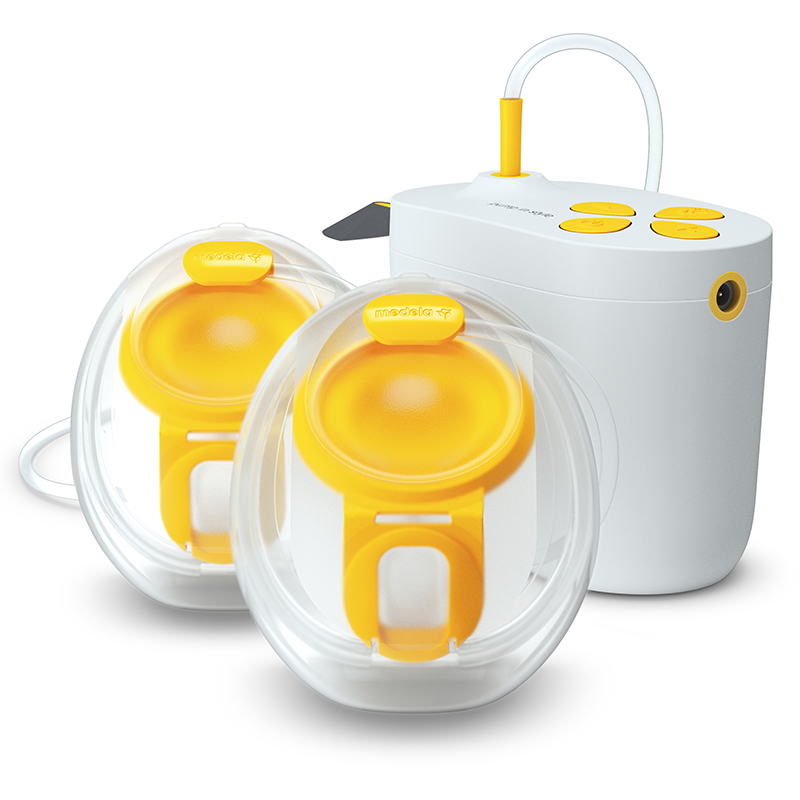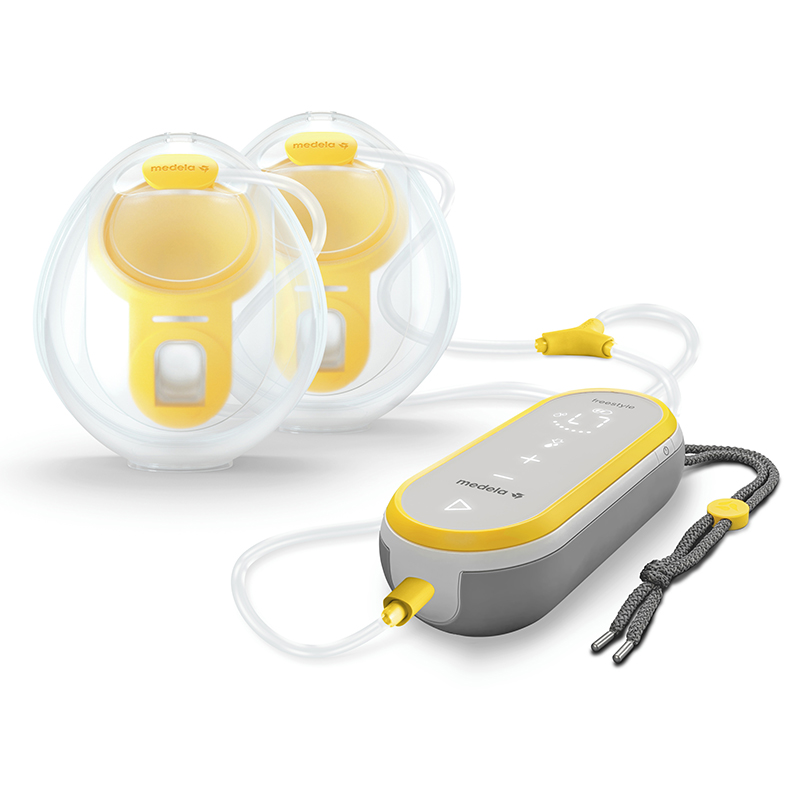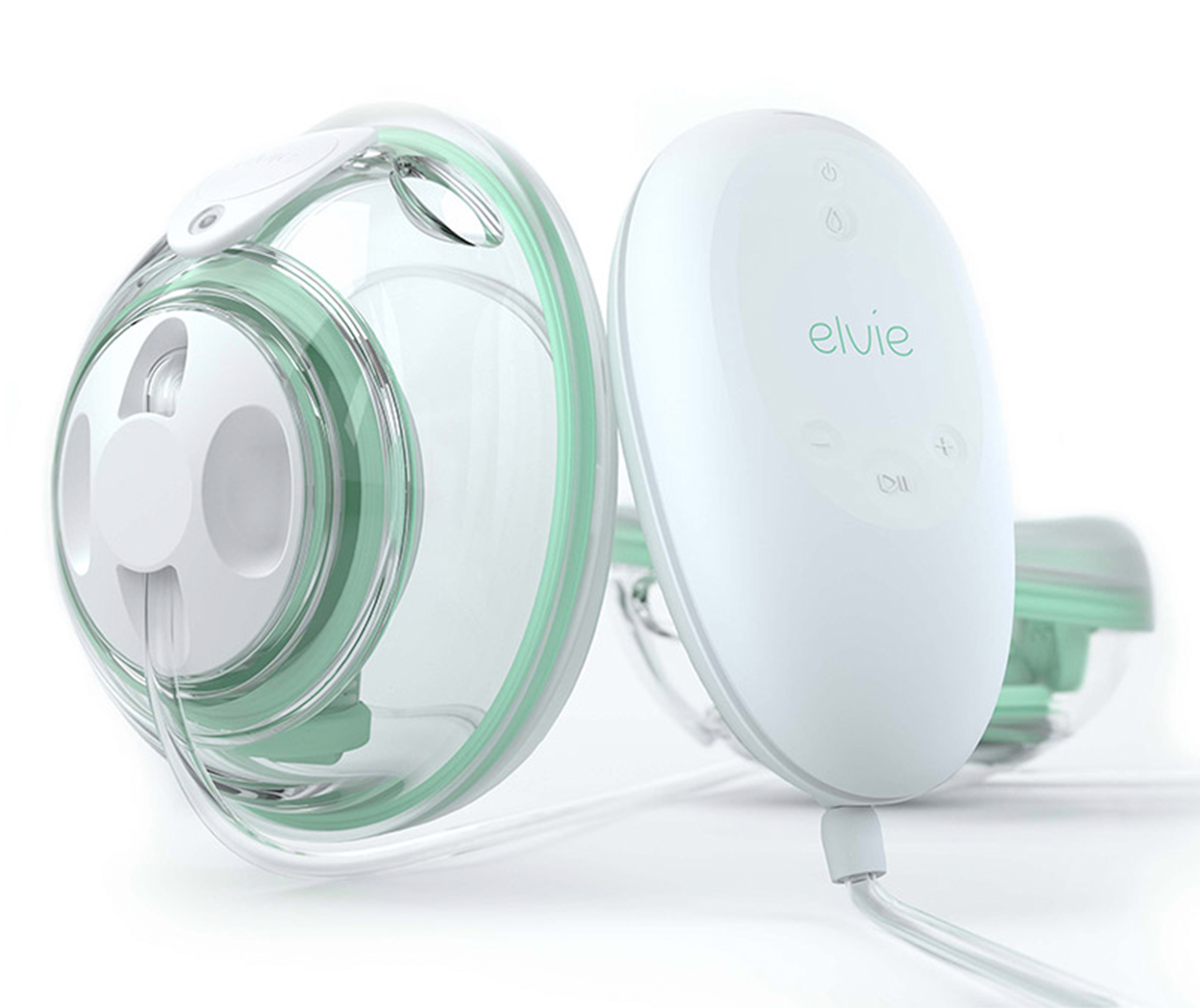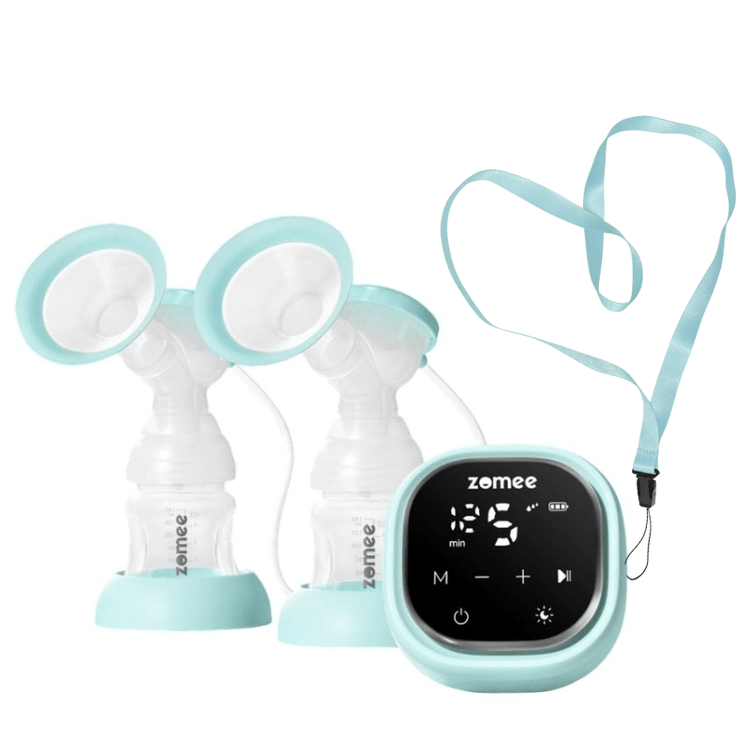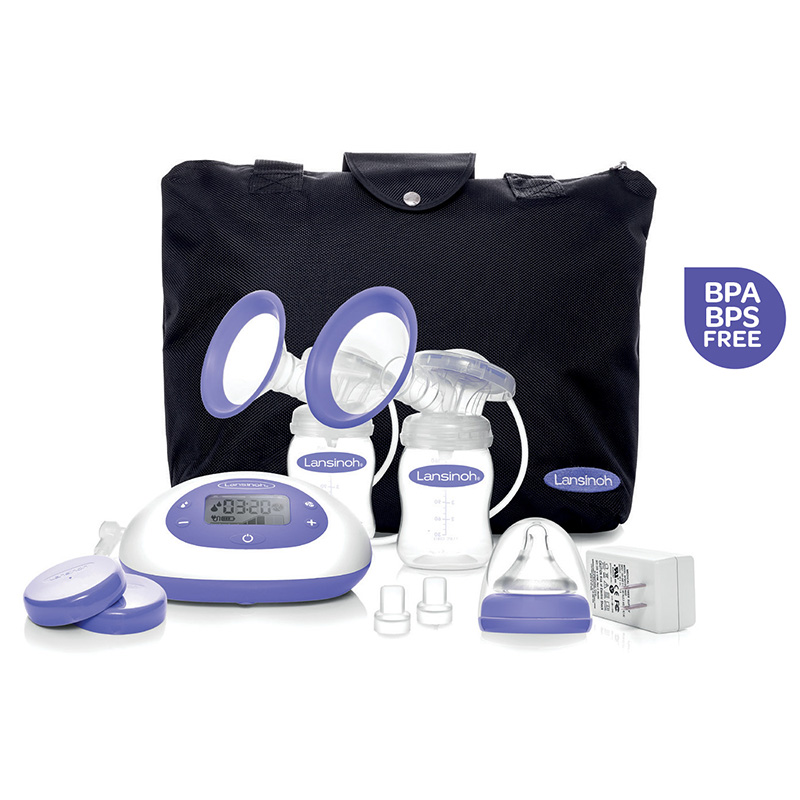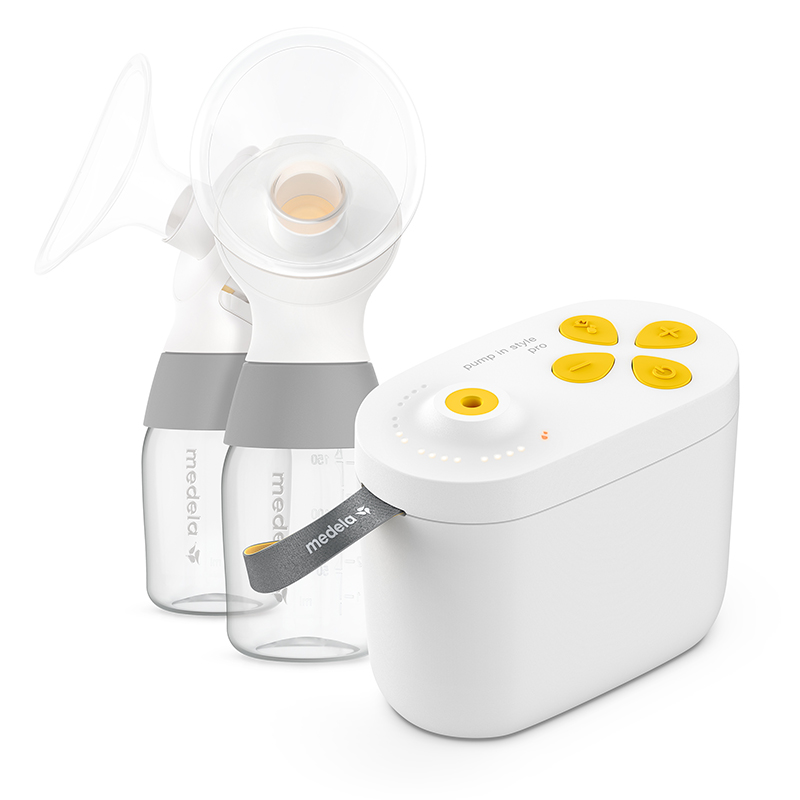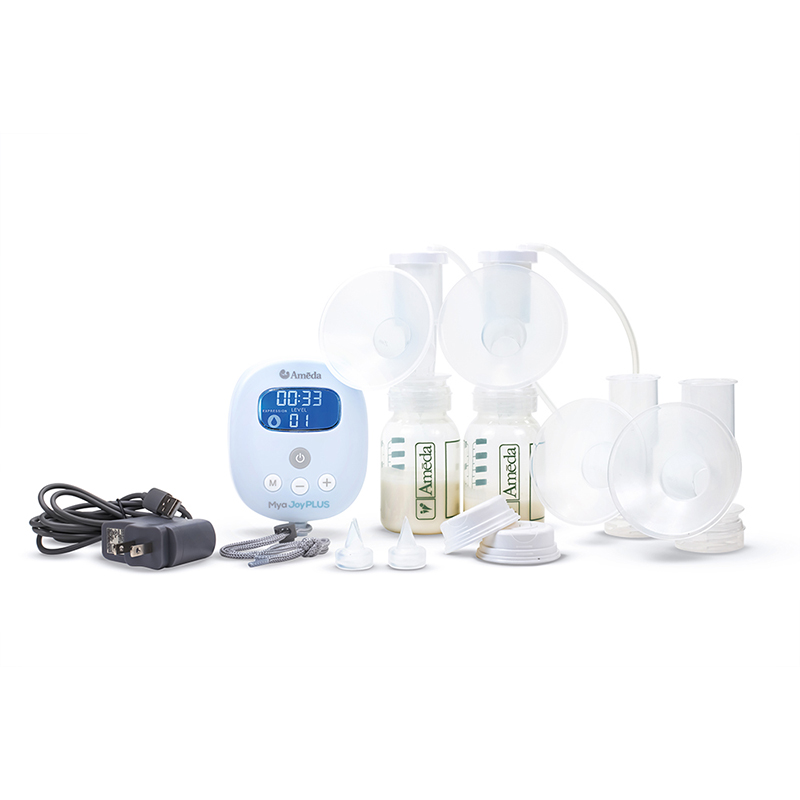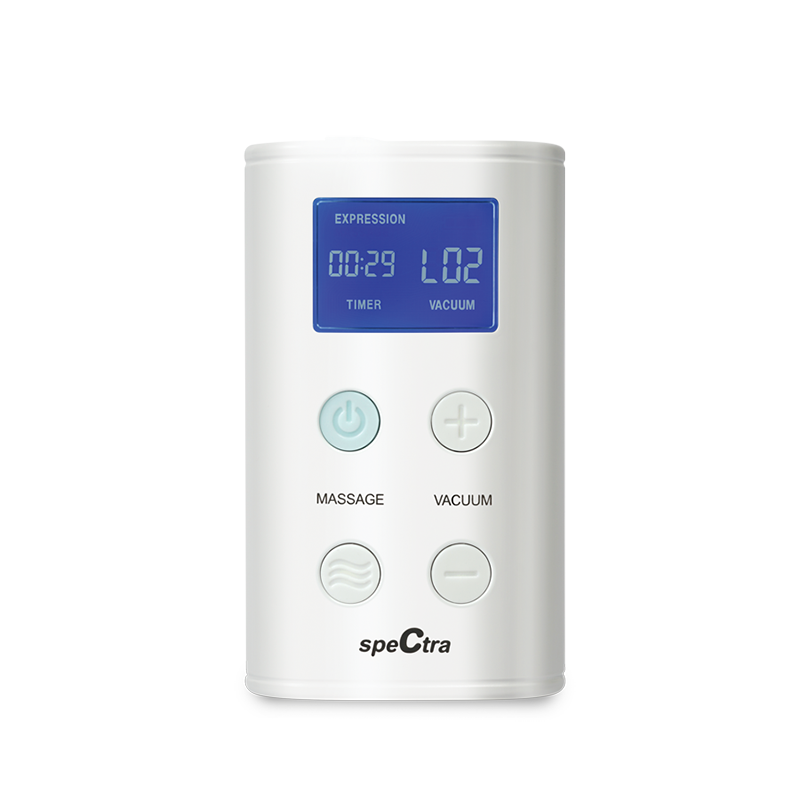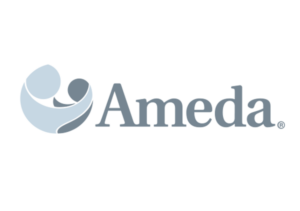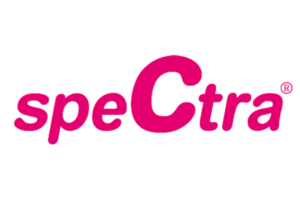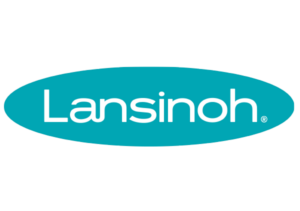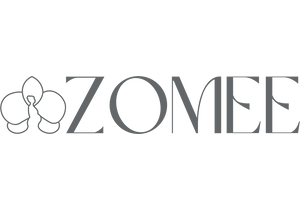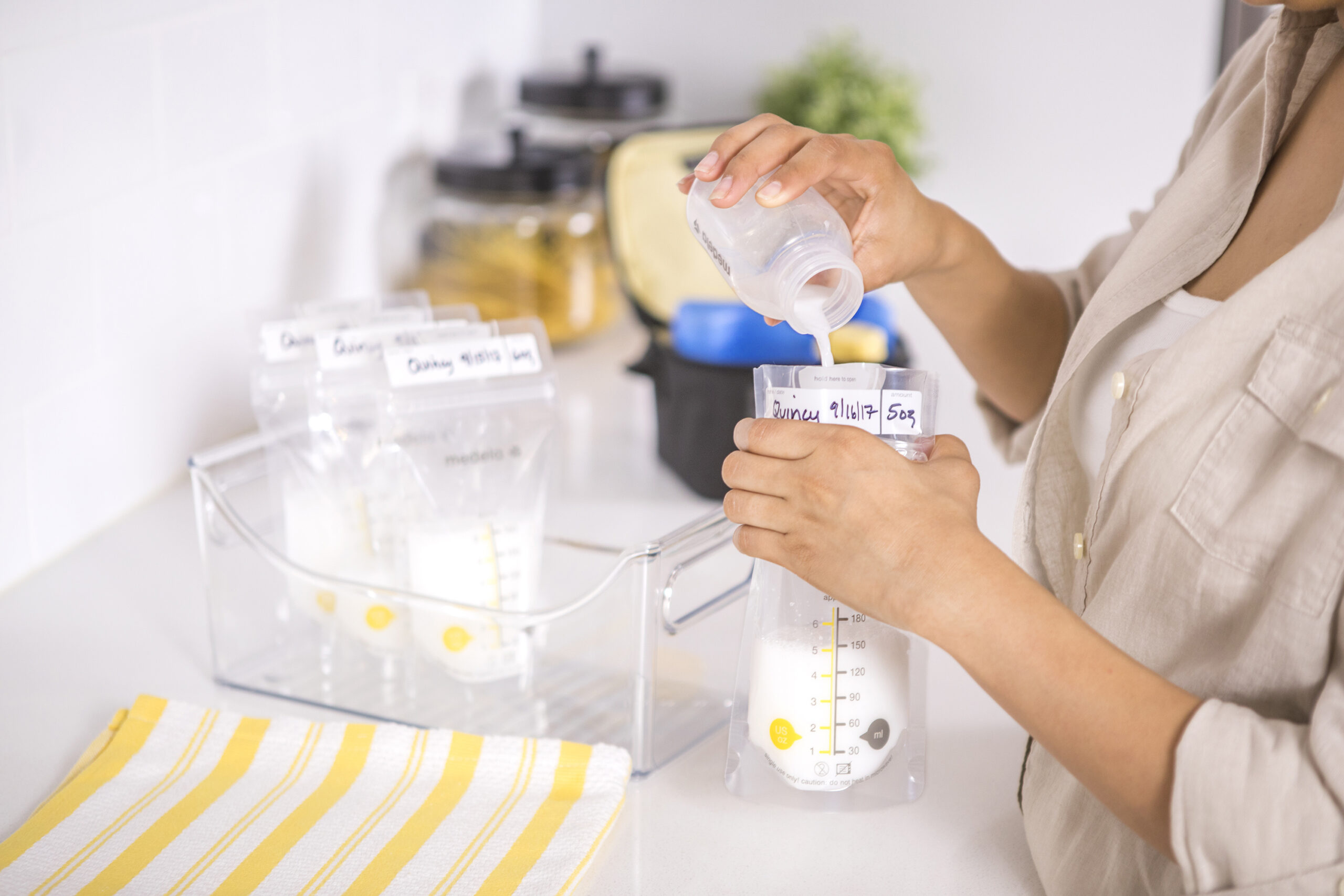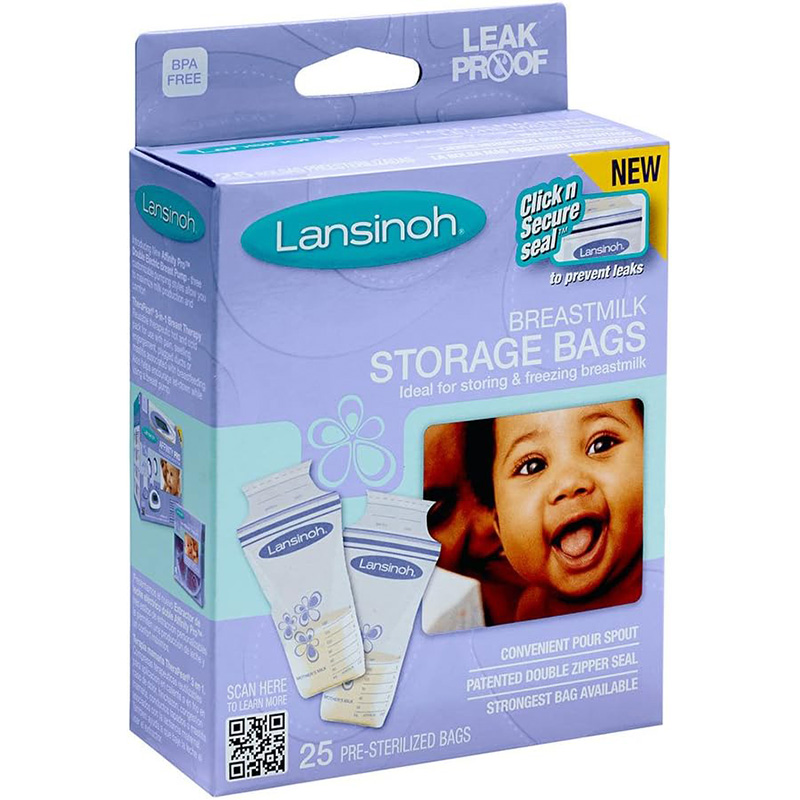How Pumping Can Support Your Breastfeeding Journey
Today, moms have more flexibility than ever in how they feed their babies breast milk. Some choose to nurse directly, others pump from day one, and some rely on exclusive pumping due to supply or latching challenges.

Feeding your baby breast milk is one of the most meaningful ways to support their growth and development, but every mom’s journey looks a little different. Some choose to breastfeed directly, others start pumping right away, and many combine the two. No matter your path, balancing breastfeeding and pumping can provide the flexibility you need while still giving your baby the nutrition they deserve.
Whatever your situation, there are unique positives and challenges associated with each method of feeding. Many moms eventually settle on a routine that combines both nursing and feeding pumped breast milk. Some of the benefits of pumping include:
 Helping with supply issues. Pumping can help maintain milk supply, especially during times when your hormones are shifting after pregnancy or when returning to work. Because breast milk is produced on a supply-and-demand basis, pumping while away from your baby can help keep supply strong and provide flexibility so your little one continues receiving breast milk.
Helping with supply issues. Pumping can help maintain milk supply, especially during times when your hormones are shifting after pregnancy or when returning to work. Because breast milk is produced on a supply-and-demand basis, pumping while away from your baby can help keep supply strong and provide flexibility so your little one continues receiving breast milk.- Convenience. Having pre-pumped milk ready in a bottle is helpful when you’re on the go or away from home. It can also serve as a reliable backup feeding option while traveling or during unexpected situations.
- Sharing the feeding responsibilities. Pumping allows partners, grandparents, aunts, uncles, or friends to help with feeding, giving you a chance to rest or sleep while still ensuring your baby is nourished.
- Supporting babies with feeding challenges. Pumping can be especially helpful for moms with low milk supply, sore or inverted nipples, or for babies who have latching difficulties, cleft palates, tongue ties, developmental delays, or were born prematurely. Lactation consultants can provide guidance for latch issues and refer solutions when needed.
Ultimately, how you feed your baby is your choice. Ensuring that your little one receives your breast milk – whether through nursing, pumping, or a combination of both – is what matters most.
Having a breast pump that fits your lifestyle and integrates easily into your daily routine can make pumping a smoother, more stress-free experience. Regardless of which pump you choose, it’s a good idea to order it before your expected due date. This allows time to familiarize yourself with the pump, learn its features, and begin confidently pumping soon after birth.
Breastfeeding and pumping look different for every mom, but one thing is certain—having the right pump can make the journey smoother and less stressful. The good news is that many insurance plans cover breast pumps at little to no cost. Don’t wait until your baby arrives—apply today to see if you qualify for an insurance-covered breast pump and have it ready when you need it most.
Ready to apply for an insurance-covered breast pump?
CLICK HERETags: Breast Pumps, Breast Pumps Covered by Insurance, Breastfeeding






 Why is the Spectra Premier Wearable Breast Pump a must-have for new moms? For starters, its lightweight and compact design make it the perfect companion for on-the-go pumping. The Spectra wearable is incredibly discreet, allowing you to pump wherever you are—be it home, office, or even while out running errands. With customizable settings including multiple suction levels and cycle options, you can tailor each session to suit your comfort and maximize efficiency. Plus, its whisper-quiet operation ensures privacy, letting you pump with ease and confidence.
Why is the Spectra Premier Wearable Breast Pump a must-have for new moms? For starters, its lightweight and compact design make it the perfect companion for on-the-go pumping. The Spectra wearable is incredibly discreet, allowing you to pump wherever you are—be it home, office, or even while out running errands. With customizable settings including multiple suction levels and cycle options, you can tailor each session to suit your comfort and maximize efficiency. Plus, its whisper-quiet operation ensures privacy, letting you pump with ease and confidence.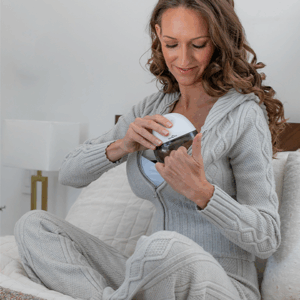

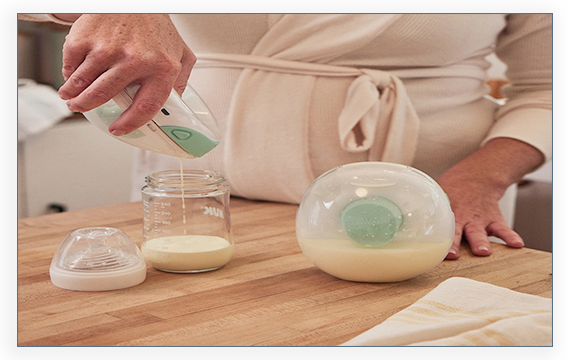
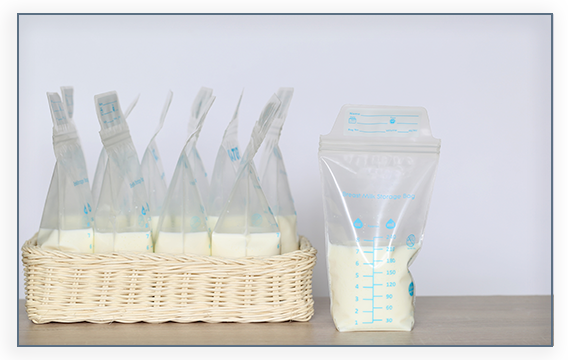


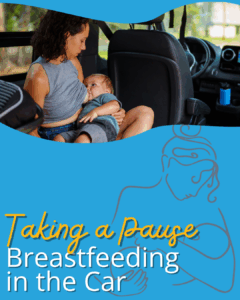
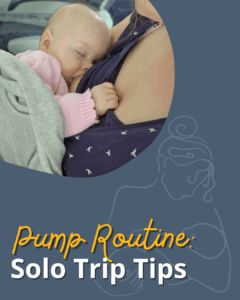 Pump Routine: Solo Trip Tips
Pump Routine: Solo Trip Tips
